 |
| Delegates at the 6th ASEAN - EAS East Asia Summit Education Ministers' Meeting hosted by the Ministry of Education and Training of Vietnam. |
Looking at the process of international integration in education in Vietnam with both advantages and challenges, results and limitations, Dr. Pham Do Nhat Tien, former Assistant Minister of Education and Training, gave warnings and shared solutions to improve the effectiveness of this activity.
Important steps
- How do you view international integration in education in Vietnam today?
- Vietnam has taken proactive and positive steps in international integration in education and achieved many positive results in both aspects. On the one hand, promoting traditional international cooperation in education under a non-commercial mechanism. On the other hand, implementing trade in educational services according to the commitments signed in the General Agreement on Trade in Services (GATS).
Regarding international educational cooperation, Vietnam has established educational cooperation relations with more than 100 countries and territories; signed nearly 100 international agreements and treaties at the Government and ministerial levels in the 2016-2020 period, contributing to improving the effectiveness of international cooperation and Vietnam's position in the world .
The number of scholarships granted by foreign governments to the Vietnamese Government has increased nearly fourfold from 2013 to 2019. International public universities (Vietnamese-German, Vietnamese-French, Vietnamese-Russian, Vietnamese-Japanese, Vietnamese-British) have been established. Hundreds of joint training programs have been implemented; to date, there are tens of thousands of international students from about 70 countries around the world studying in Vietnam.
It is worth noting that although Vietnam has been a middle-income country for more than 10 years, the education sector still receives many ODA projects, including large and especially important projects such as: Support for general education reform (RGEP), Pedagogical school development program (ETEP), Improving the quality of higher education (SAHEP)...
Regarding regional cooperation, Vietnam has made important strides in implementing coordination activities with ASEAN countries to move towards implementing the roadmap for building an ASEAN higher education space.
Dr. Pham Do Nhat Tien.
Regarding trade in educational services, according to GATS regulations, we have opened the education market, mainly higher education, in all four modes of providing educational services: cross-border supply, foreign consumption, commercial presence and presence of natural persons.
Regarding cross-border supply, that is, training according to foreign programs, Vietnam has strongly developed training according to joint programs with more than 400 programs; has expanded training according to franchise programs with 35 advanced programs. In particular, online training is taking place spontaneously, without legal regulations.
Regarding foreign consumption, Asia is currently the region sending the most students to study abroad. In Vietnam alone, in 2021, the Ministry of Education and Training said it is coordinating the management of nearly 200,000 Vietnamese students of all types studying abroad and directly managing about 6,000 students, of which 4,000 are under agreements and 2,000 are under government projects.
Regarding commercial presence, that is, the establishment of educational institutions with foreign investment capital, since 2000, Vietnam has issued and continuously improved legal documents to encourage the commercial presence of foreign educational providers under for-profit and non-profit mechanisms, in the forms of representative offices, joint ventures and 100% foreign-owned establishments.
Therefore, as of 2021, the country has nearly 500 FDI projects from over 30 countries/territories investing in the education and training sector with a total capital of nearly 5 billion USD. The number of educational institutions with foreign investment currently accounts for about 17% of more than 3,800 non-public educational institutions.
Regarding the presence of natural persons, that is, foreigners coming to teach in Vietnam, our country's law encourages and creates conditions for foreigners and Vietnamese people residing abroad to teach, cooperate, and transfer educational technology. In fact, over the past time, thousands of foreign educators and overseas Vietnamese have made significant contributions to the process of reforming Vietnam's education.
 |
Deputy Minister Nguyen Van Phuc and New Zealand Ambassador to Vietnam - Ms. Wendy Matthews signed the Strategic Cooperation Plan on Education for the period 2020 - 2023. Photo: Moet |
Some warning issues
- From the reality of Vietnamese education, in your opinion, are there any trends and integration methods that are not really suitable and ineffective that need warning?
- International integration in education is a complex process. In essence, it is the process of internationalizing education according to both commercial and non-commercial mechanisms. Because education today is considered both a public interest and a commercial service. Therefore, both mechanisms are necessary for the country's educational development requirements and are taking place mainly through 4 cross-border movement methods of basic factors: learners, teachers, educational programs and educational institutions.
The fundamental issue is that we need to address the balance between the two mechanisms to best promote the opportunities that integration brings. Looking back over the past time, we can see that Vietnam's approach has been to prioritize international cooperation in education on the one hand, and to proactively and actively participate in trade in educational services on the other hand. Thanks to that, we have achieved the positive results mentioned above. Of course, in terms of effectiveness, there are many issues that need to be fully identified.
In each method of international integration, there are also issues that need to be warned. Specifically, in cross-border supply, online training programs are taking place spontaneously, without legal regulations. In studying abroad, there is a phenomenon of brain drain, foreign currency outflow, and quality that is difficult to control. In commercial presence, there is the formation and development of the education market with negative aspects. In the presence of natural persons, there are issues arising in terms of security, safety, and employment when our country opens its doors to foreign educators under the commercial mechanism.
It can be said that we have made good progress in international integration in breadth. However, in depth, it is necessary to identify and seriously evaluate the above-mentioned warning issues to ensure international integration in education, truly contributing to raising the level of international recognition of degrees, training quality, and human resources of Vietnam.
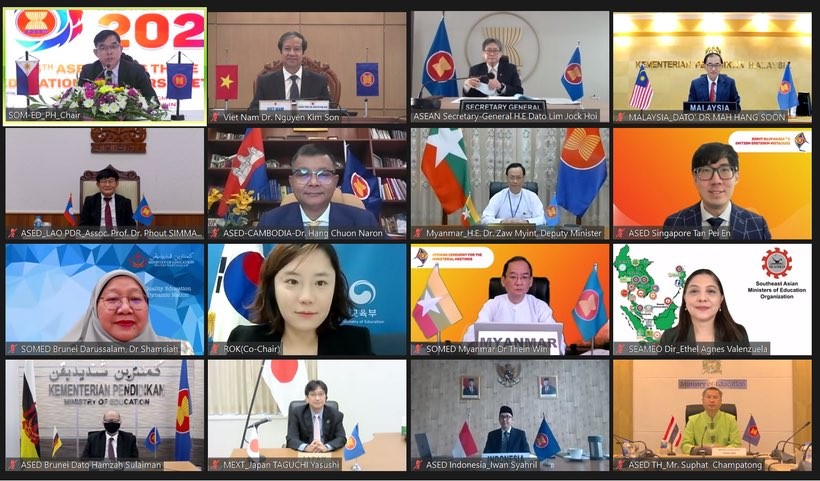 |
The 5th ASEAN+3 Education Ministers Meeting was held online. Photo: Conference Organizing Committee provided |
Solutions to challenges
- Up to now, what opportunities and challenges have international integration brought to Vietnamese education, in your opinion?
- The challenges and opportunities of the international integration process in education have been analyzed in many forums, seminars and research documents, both international and domestic. In short, the opportunity lies in the fact that we will better exploit foreign resources (including: Finance, human resources, knowledge, technology and experience). The main challenge lies in the development of the education market, which entails the phenomena of commercial fraud, fake degrees, unreliable quality, social injustice, cultural intrusion, value reversal, etc.
Up to now, the challenges of the education market have become more complex and unpredictable as world education has entered a new stage of development with the promotion of open education and digital education. The above mentioned cross-border education delivery methods can now be completely implemented on the Internet with the formation of open educational resource repositories (OER) and massive open online courses (MOOC).
The challenge is that open education is developing according to the center-periphery model. That is, the center is the large universities of developed countries, the periphery is the universities of developing countries. The center plays a dominant and leading role. Therefore, there is a risk of leading to a new colonialism, that is, knowledge created in the socio-economic context of developed countries is imposed on developing countries with different socio-economic priorities and cultural traditions.
This is a challenge that has been warned in developing countries when the process of internationalizing education does not stop at traditional education but includes open education and digital education. This challenge is more urgent when ChatGPT in particular, and artificial intelligence in general, are posing potential dangers in integration.
- Can you share some proposed solutions to improve the effectiveness of international integration in education for Vietnam?
- There have been some studies on solutions to this problem. For example, at the end of 2020, the Project "Research and propose solutions to promote the internationalization of Vietnamese education", under the National Education Science Program, made the following recommendations:
Allocate a breakthrough investment budget for the higher education system (currently the lowest compared to the region); continue to attract FDI in the higher education sector by encouraging the opening of international education branches; develop international education centers; design policies to encourage the Vietnamese education system to participate in regional and international accreditation; orient the university system to participate in appropriate domestic and international rankings; increase the mobility of international students, lecturers and scholars; build world-class universities; develop a set of criteria for ranking domestic universities.
In fact, the basic solutions have been pointed out in two important documents. One is the Project on international integration in education and vocational training until 2020 according to Decision 2448 dated December 16, 2013 of the Prime Minister. The other is the Overall Strategy for international integration until 2020, with a vision to 2030 according to Decision 40 dated January 7, 2016 of the Prime Minister, including economic integration; politics, national defense, security; culture, society, education and training, science and technology.
However, up to now, there has been no assessment of the implementation of international integration in education according to the above documents. Therefore, I think the most important solution at this time is to urgently organize an assessment of the implementation of the International Integration Project in Education in a consistent relationship with the Overall Strategy for International Integration to 2020. Only then will there be a reliable practical basis to propose solutions to improve the effectiveness of Vietnam's international integration in education.
Within the scope of this interview, I believe that the priority solution is to strengthen the management of the education market formed from the international integration process. The purpose of the solution is to fully identify and overcome the above challenges, limitations and shortcomings, thereby ensuring quality, efficiency and social equity in international integration in education.
Thank you very much!
Education and Training
Source

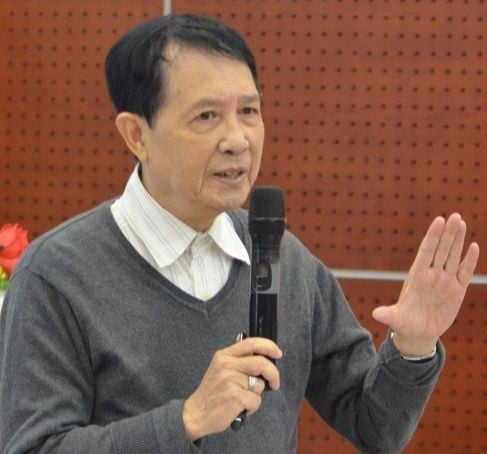






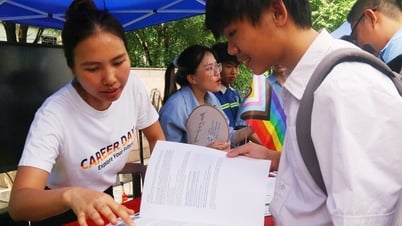

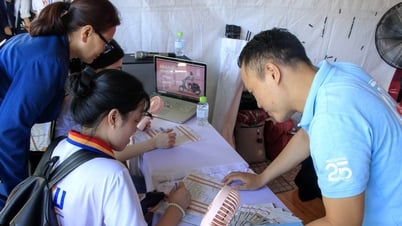
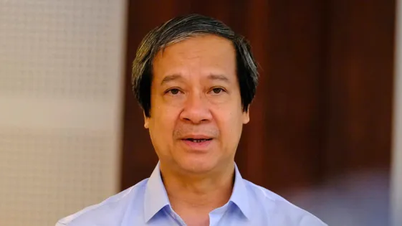

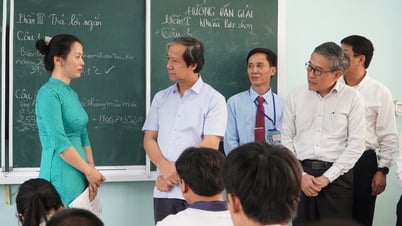

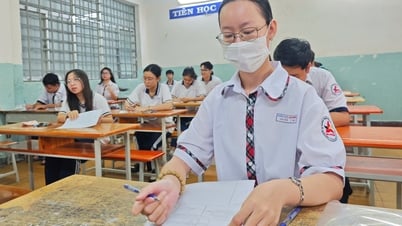
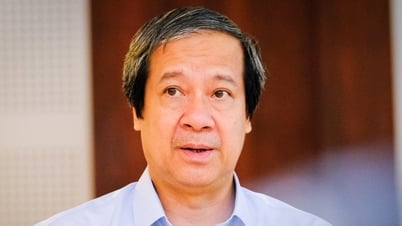





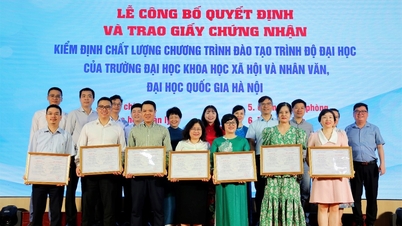
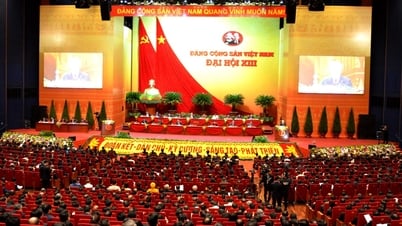




![[Photo] President Luong Cuong works with Hung Yen and Thai Binh Provincial Party Committees on implementing Resolution of the 11th Central Conference, 13th tenure](https://vphoto.vietnam.vn/thumb/1200x675/vietnam/resource/IMAGE/2025/6/6/127b735d2761484d81dcee0d7725a25b)


![[Photo] General Secretary To Lam receives Korean Ambassador to Vietnam](https://vphoto.vietnam.vn/thumb/1200x675/vietnam/resource/IMAGE/2025/6/6/a0765b7543784cbcbfe4755b67d43ab4)


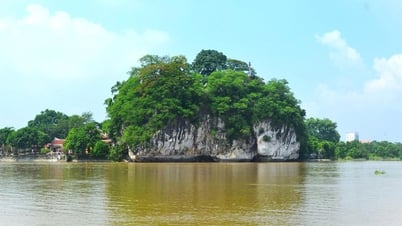























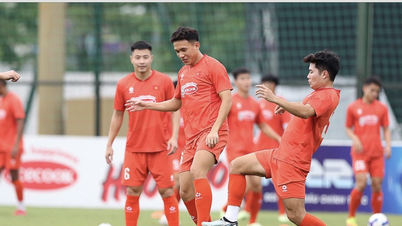
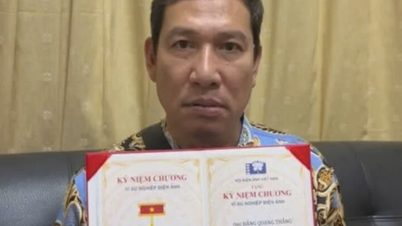

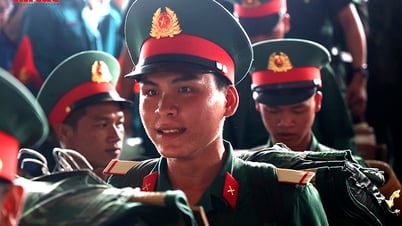
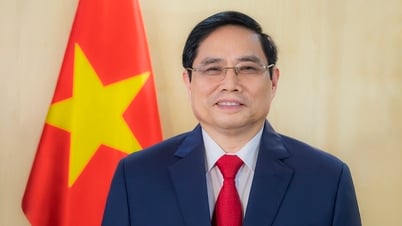

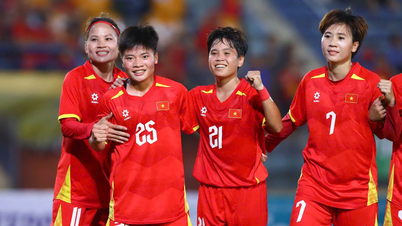


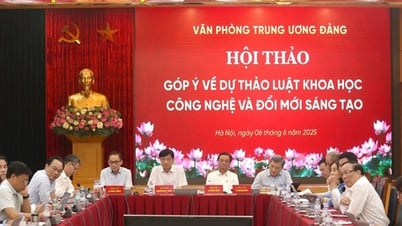

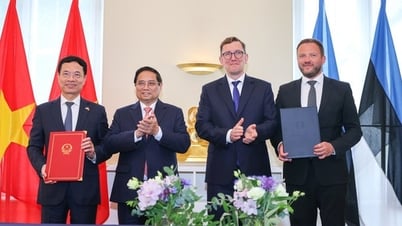


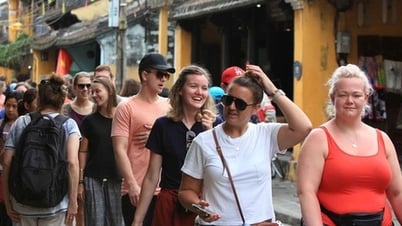


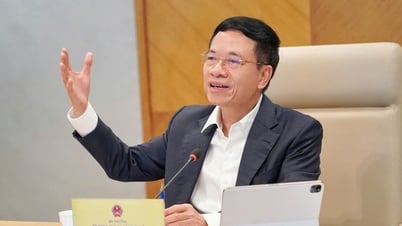
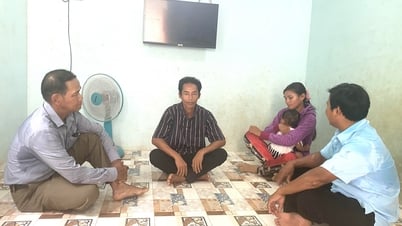



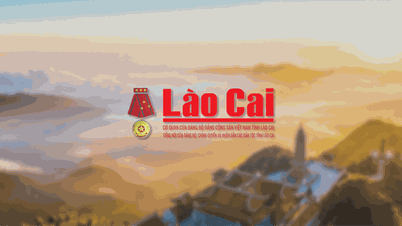


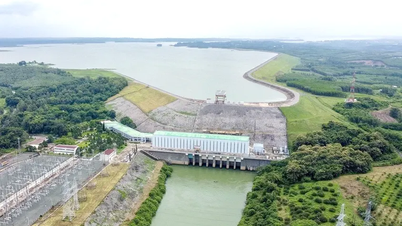
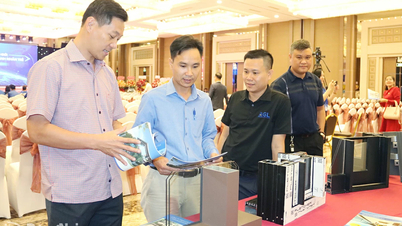




![[OCOP REVIEW] Tu Duyen Syrup - The essence of herbs from the mountains and forests of Nhu Thanh](https://vphoto.vietnam.vn/thumb/402x226/vietnam/resource/IMAGE/2025/6/5/58ca32fce4ec44039e444fbfae7e75ec)





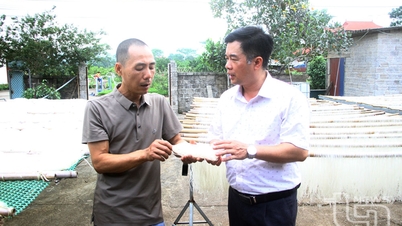

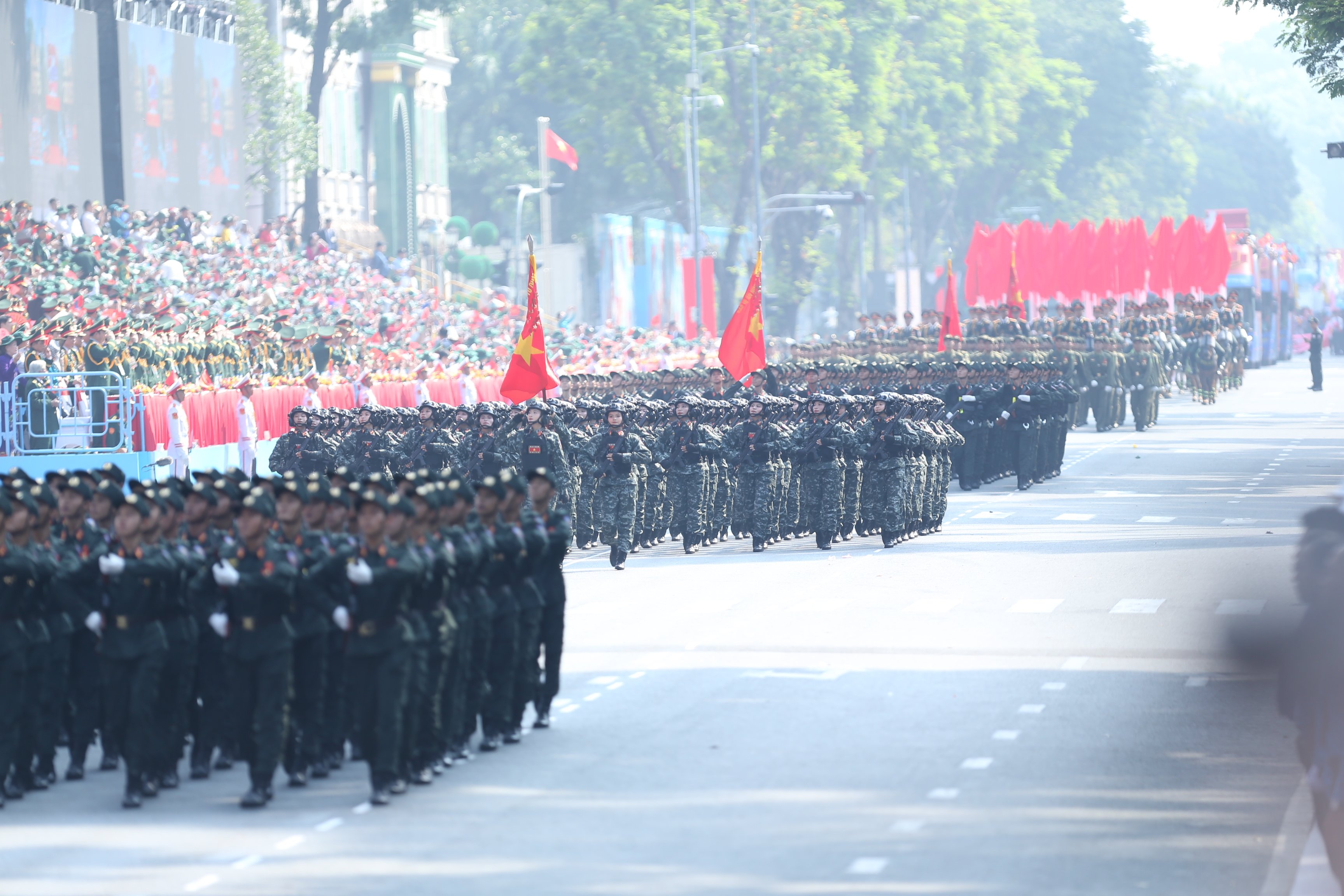
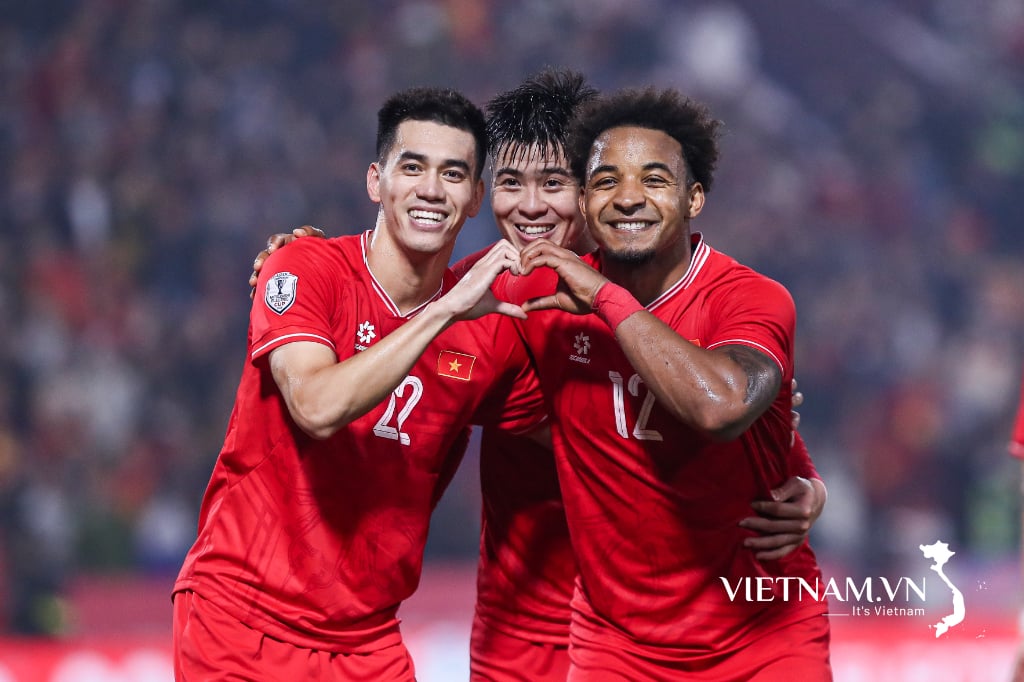
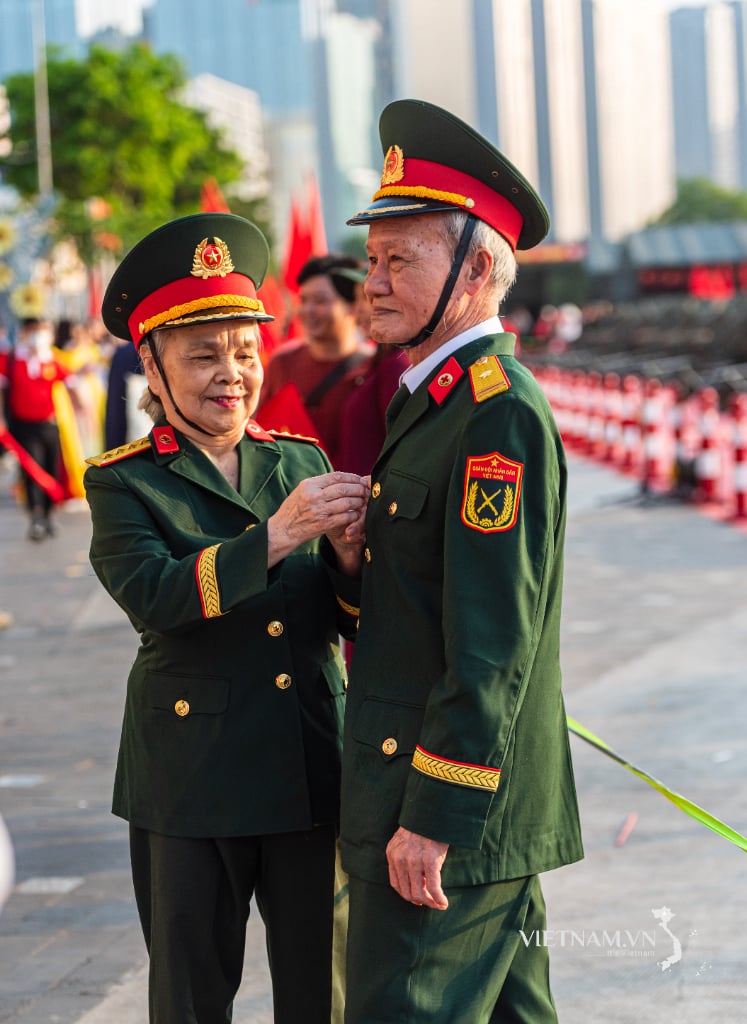
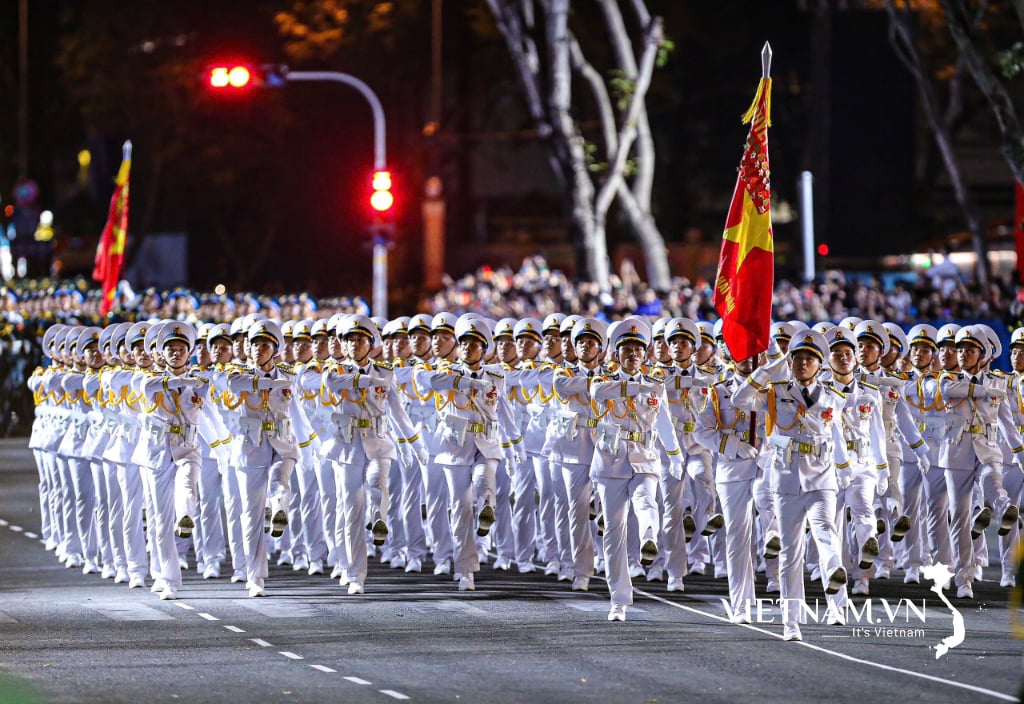
Comment (0)